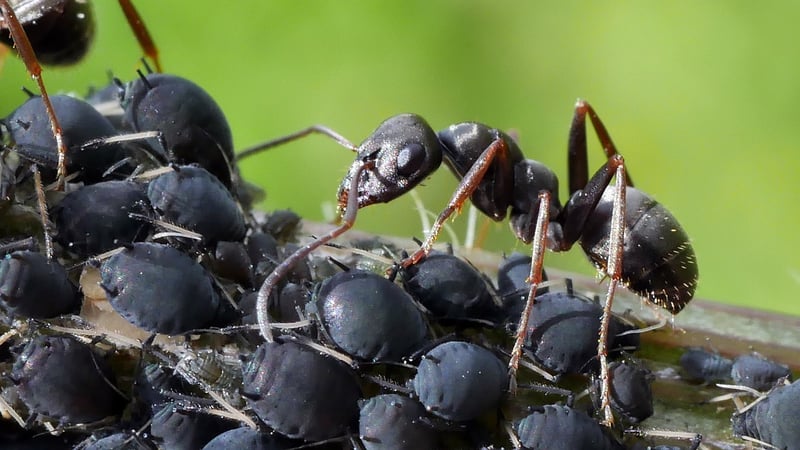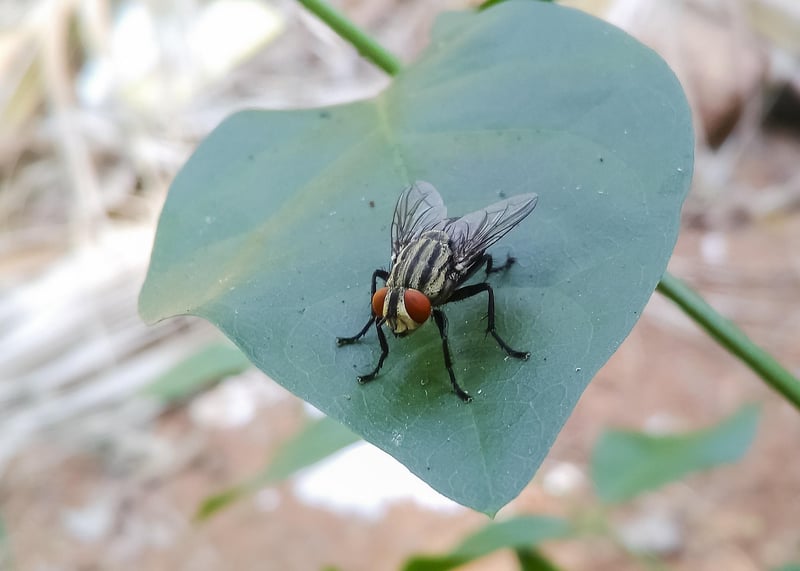Common Garden Pests
Dealing with Pests in City Gardens
Introduction
City gardens are a wonderful oasis in urban areas, providing a green space for relaxation and enjoyment. However, with the beauty of gardens also comes the challenge of dealing with pests. In this article, we will explore common garden pests that city gardeners may encounter and ways to manage them effectively.
Common Garden Pests
1. Aphids
Aphids are tiny insects that can quickly multiply and damage plants by sucking sap from the leaves and stems. They are commonly found on new growth and flower buds.

2. Slugs and Snails
Slugs and snails are nocturnal pests that feed on a wide variety of plants, leaving behind large holes in leaves and fruits. They thrive in damp environments.

3. Whiteflies
Whiteflies are small, moth-like insects that feed on plant sap, causing yellowing and wilting of leaves. They are often found on the underside of leaves.

Managing Garden Pests
1. Natural Predators
Encourage natural predators like ladybugs, lacewings, and birds that feed on garden pests. Planting flowers that attract beneficial insects can help keep pest populations in check.
2. Neem Oil
Neem oil is a natural insecticide that can be used to control a variety of garden pests. It is safe for humans, pets, and beneficial insects when used as directed.
3. Crop Rotation
Rotate crops in your city garden to prevent the buildup of pest populations. Different plants attract different pests, so rotating crops can help disrupt their life cycles.
4. Organic Mulch
Applying organic mulch around plants can help reduce weed growth and create a barrier for pests like slugs and snails. Mulch also helps retain soil moisture.
Conclusion
Dealing with pests in city gardens requires a combination of preventive measures and proactive management strategies. By identifying common garden pests and implementing effective control methods, city gardeners can enjoy a thriving and pest-free garden oasis in the urban landscape.
